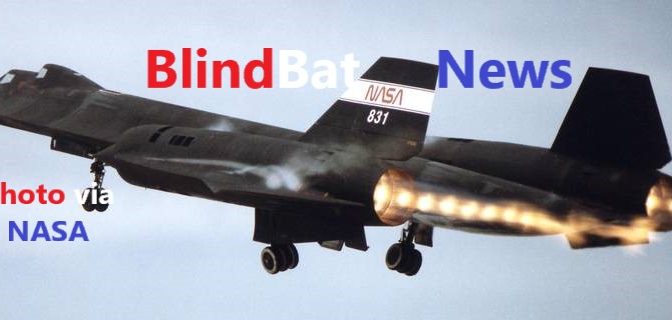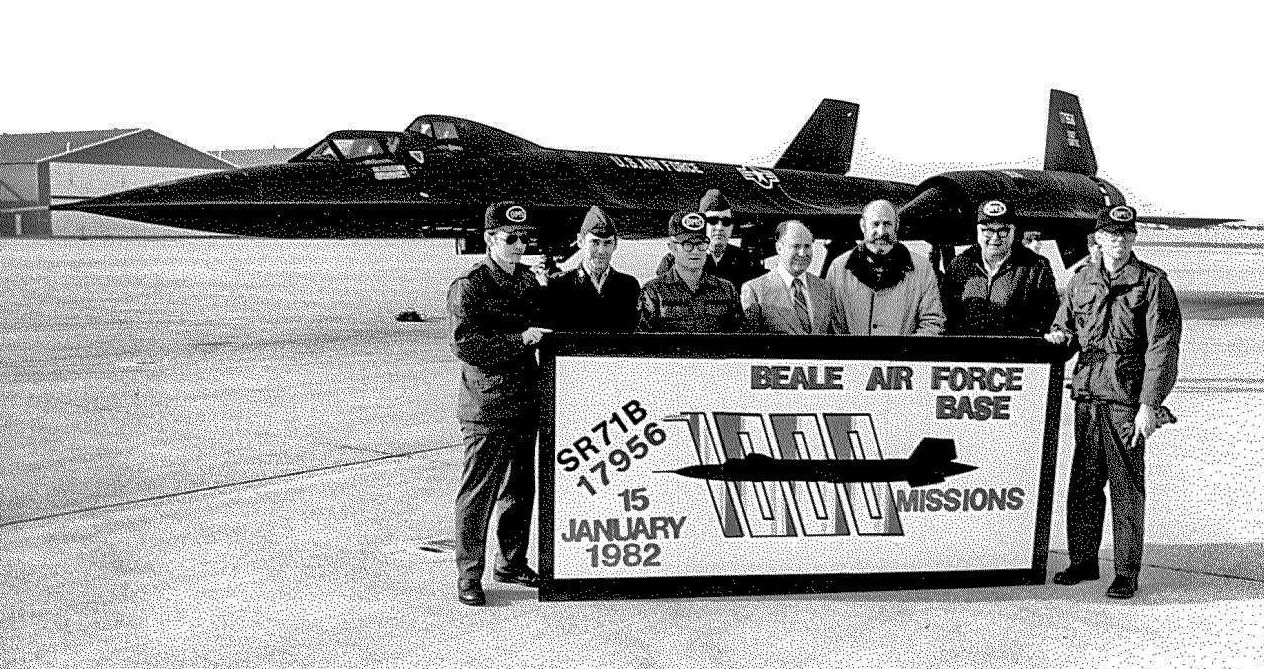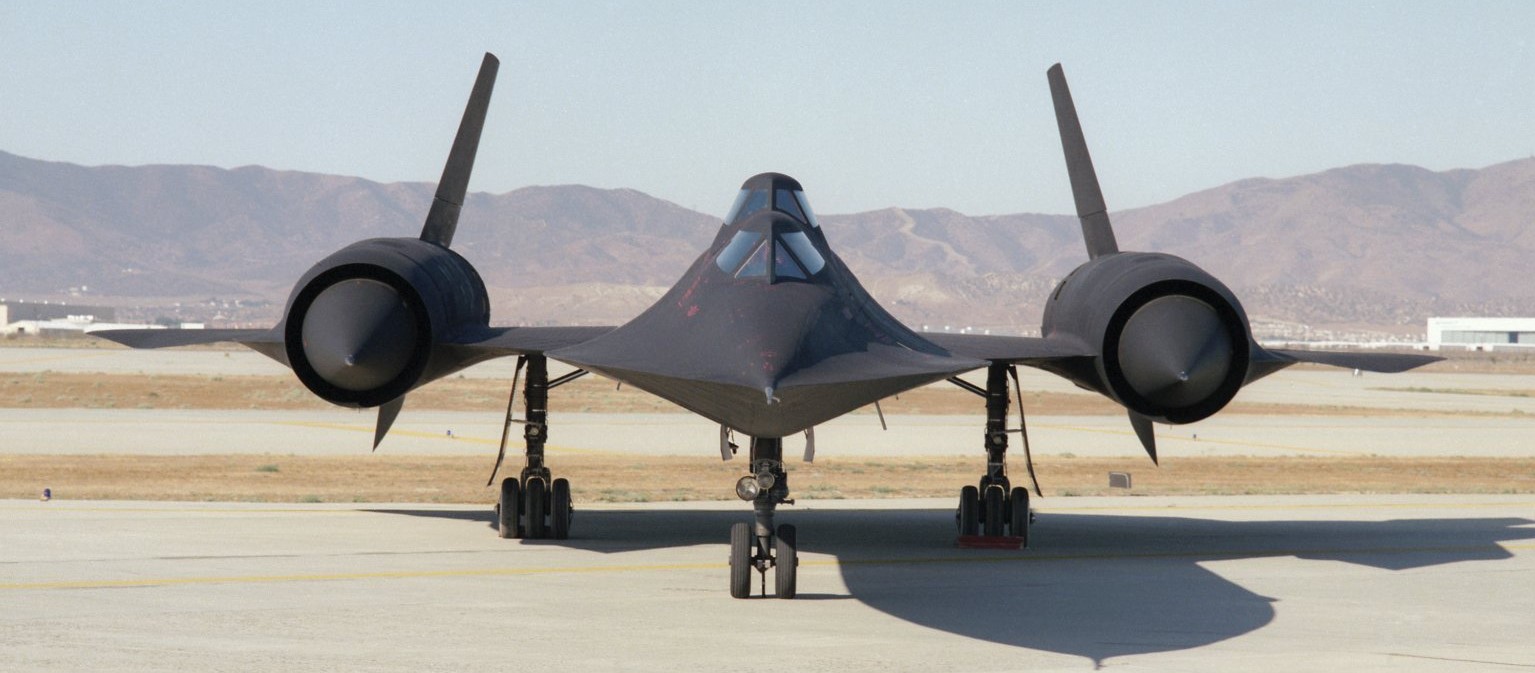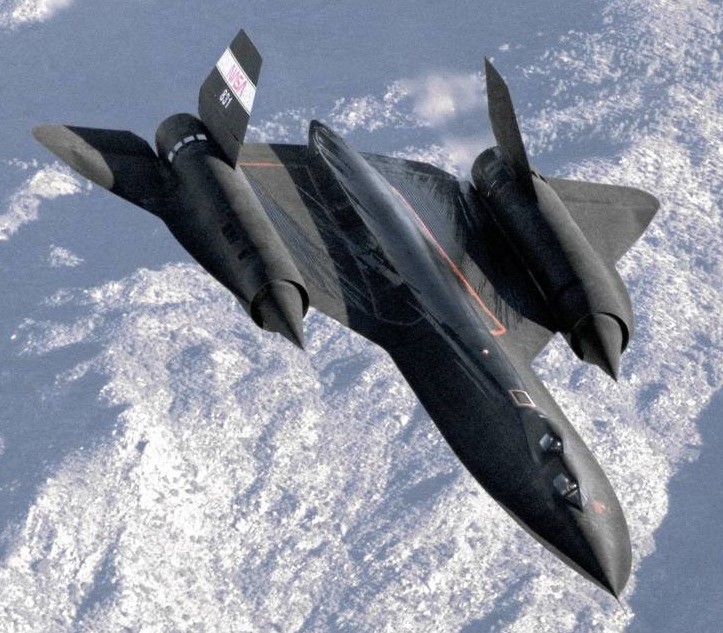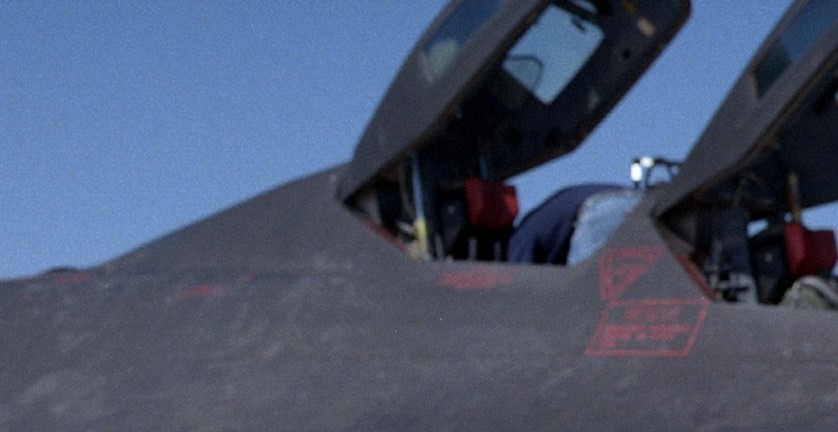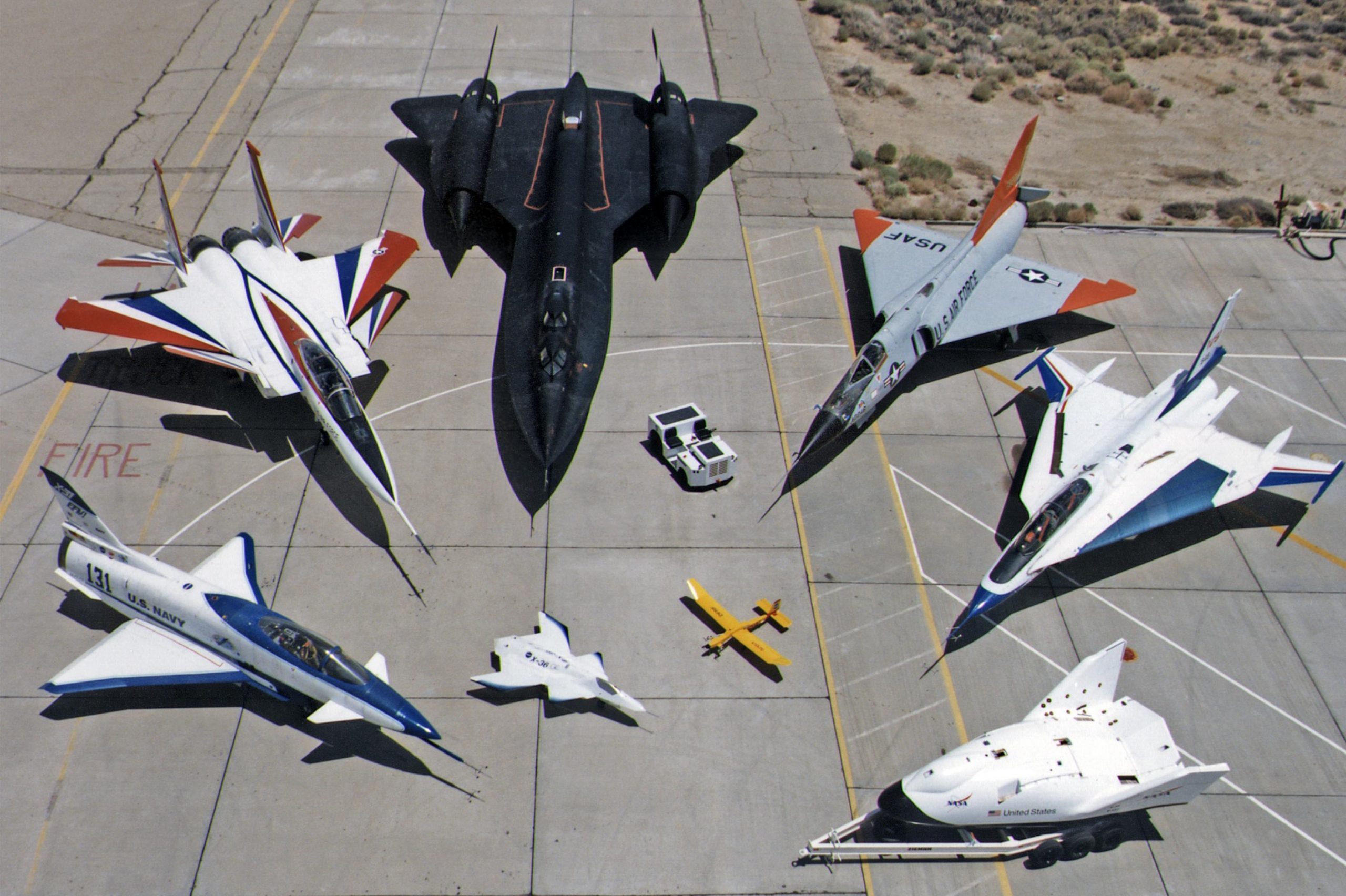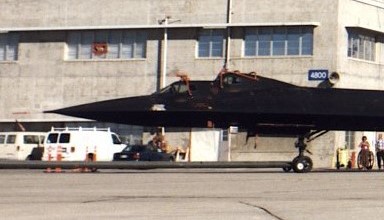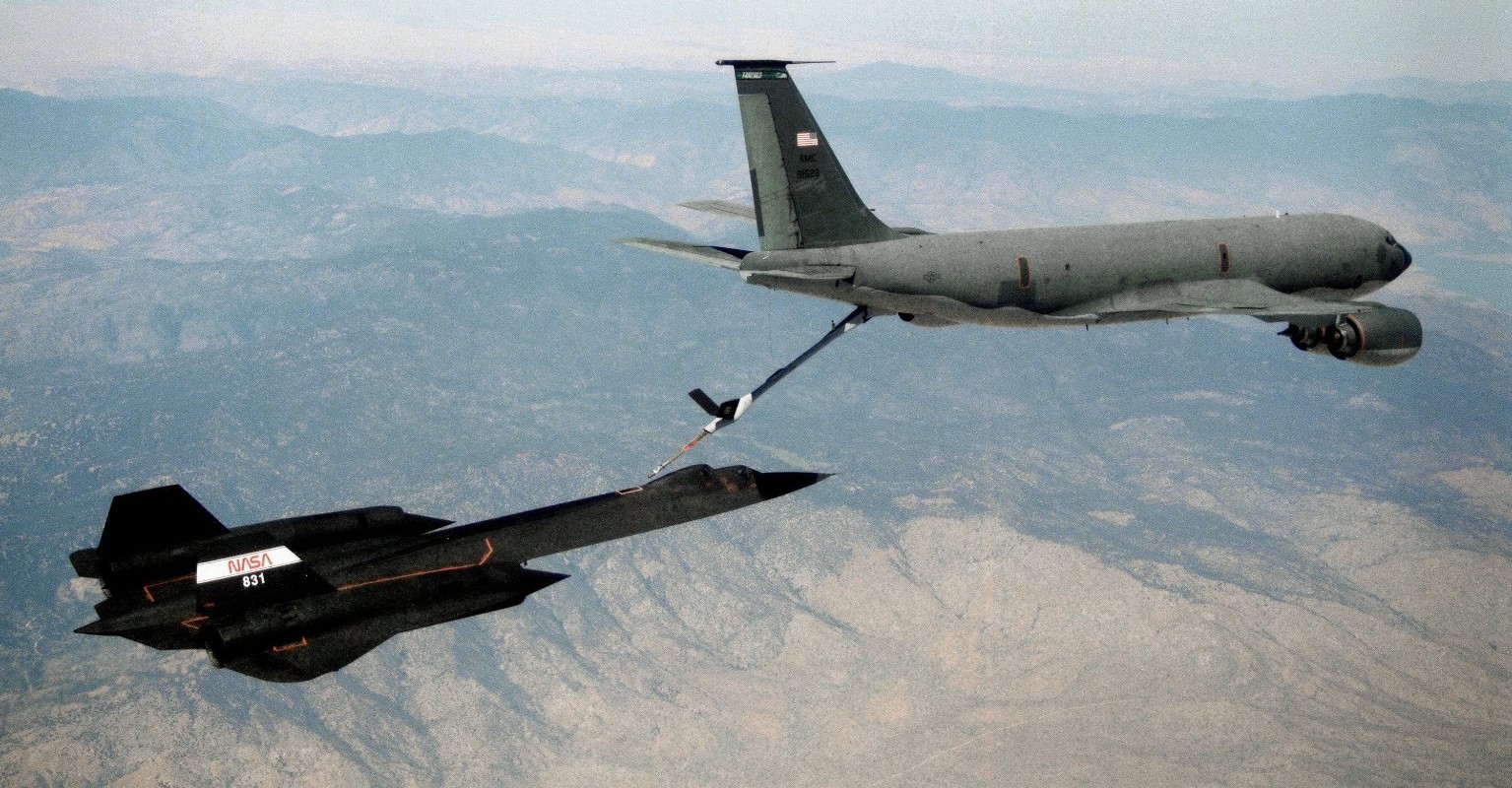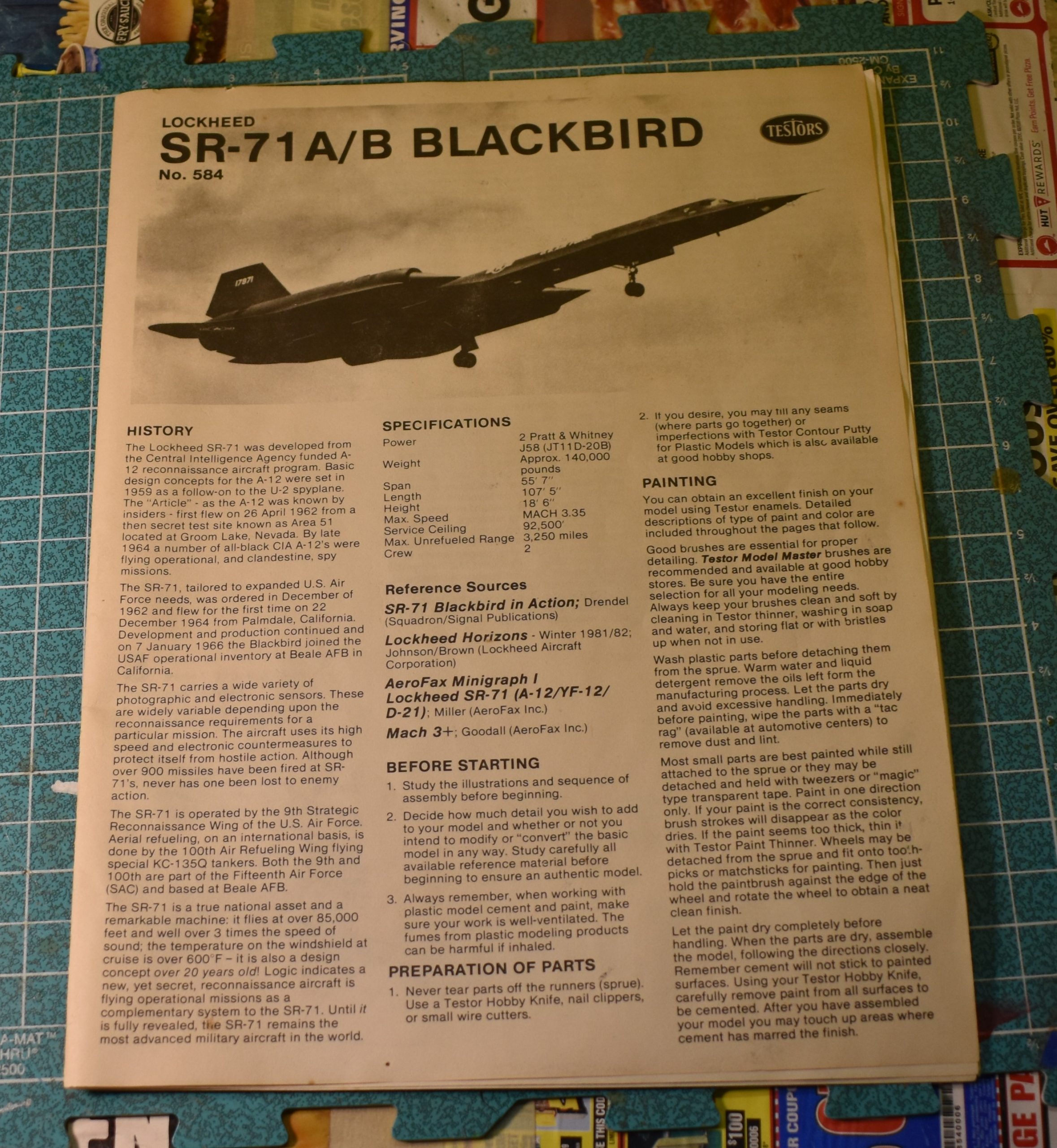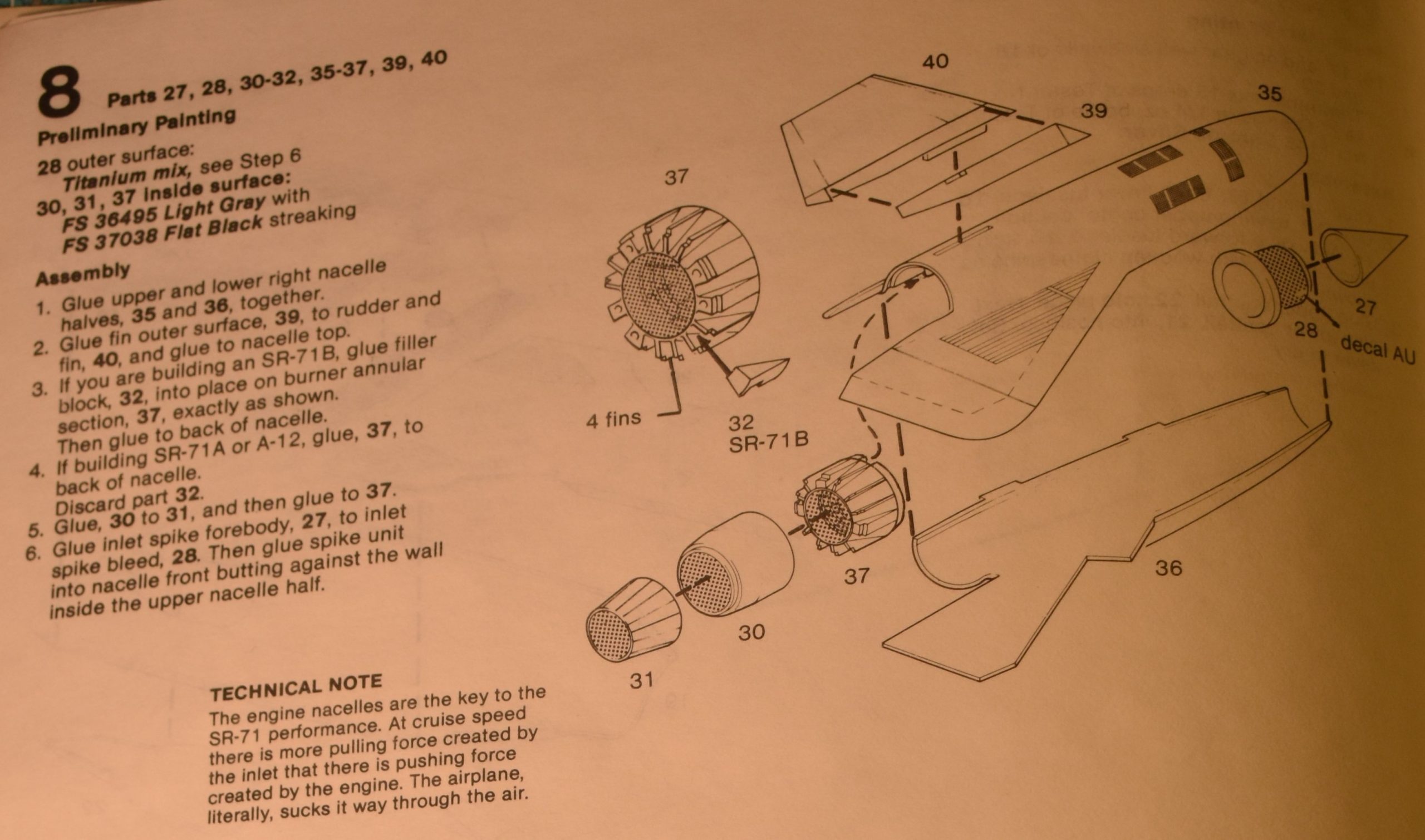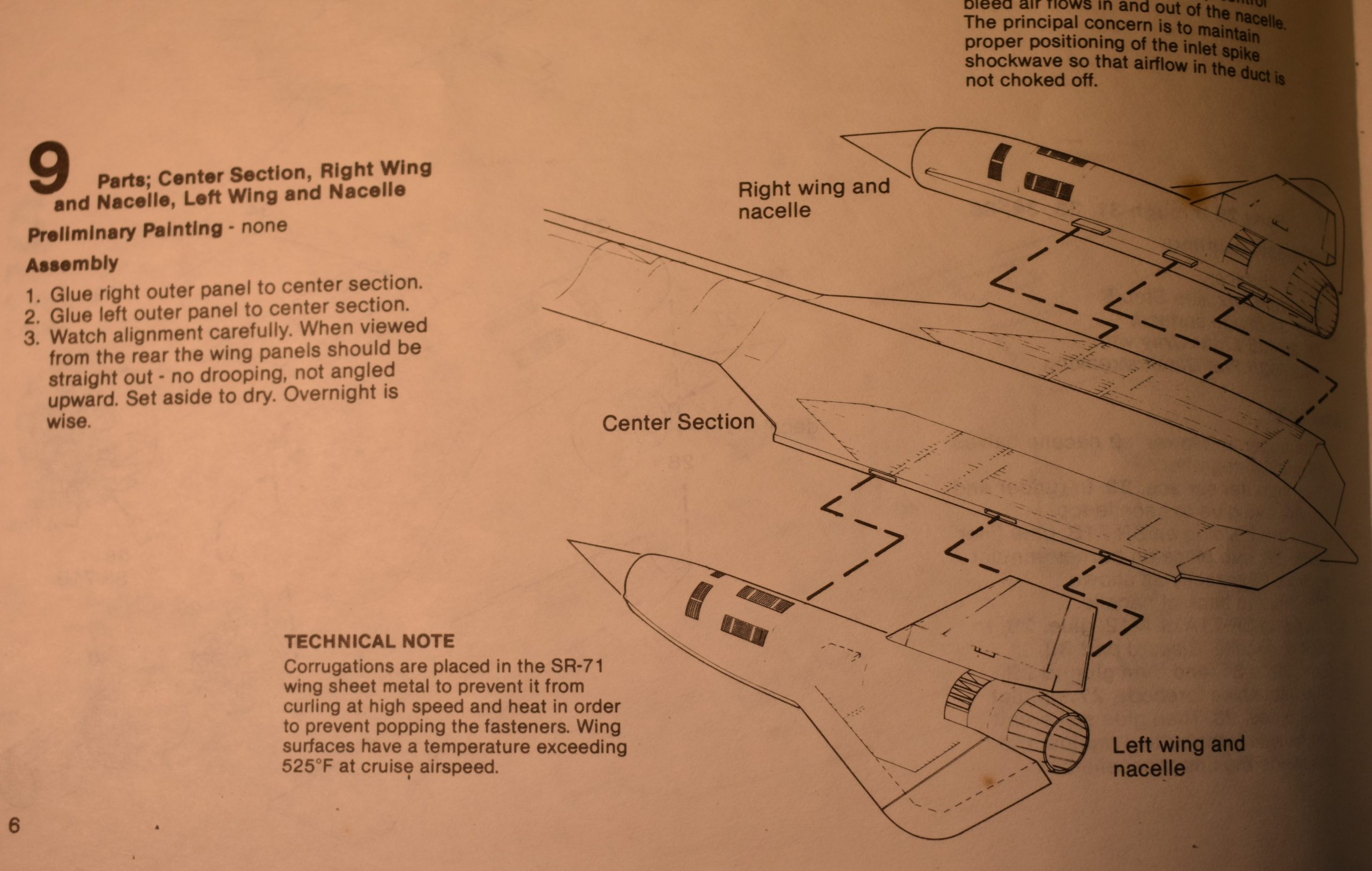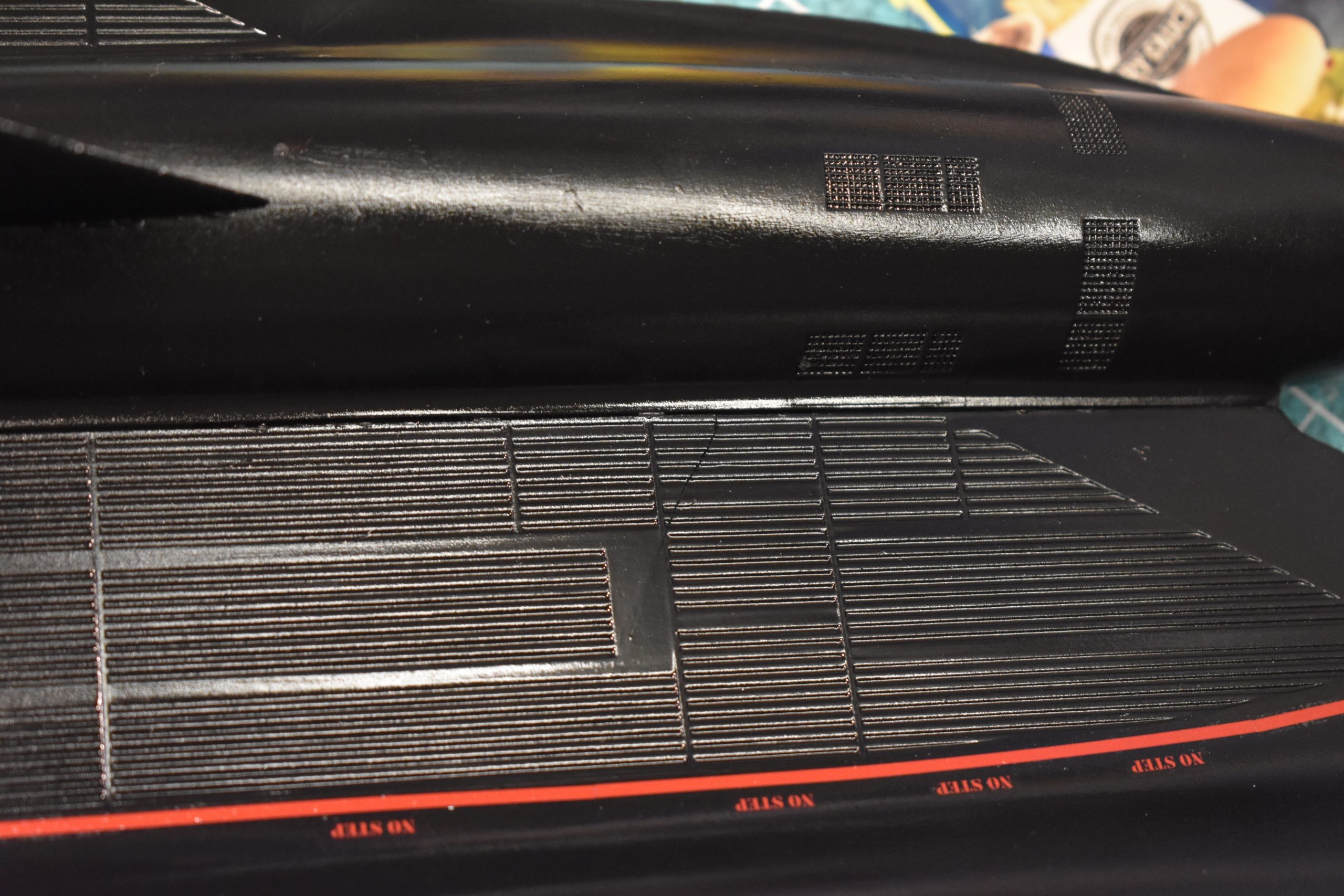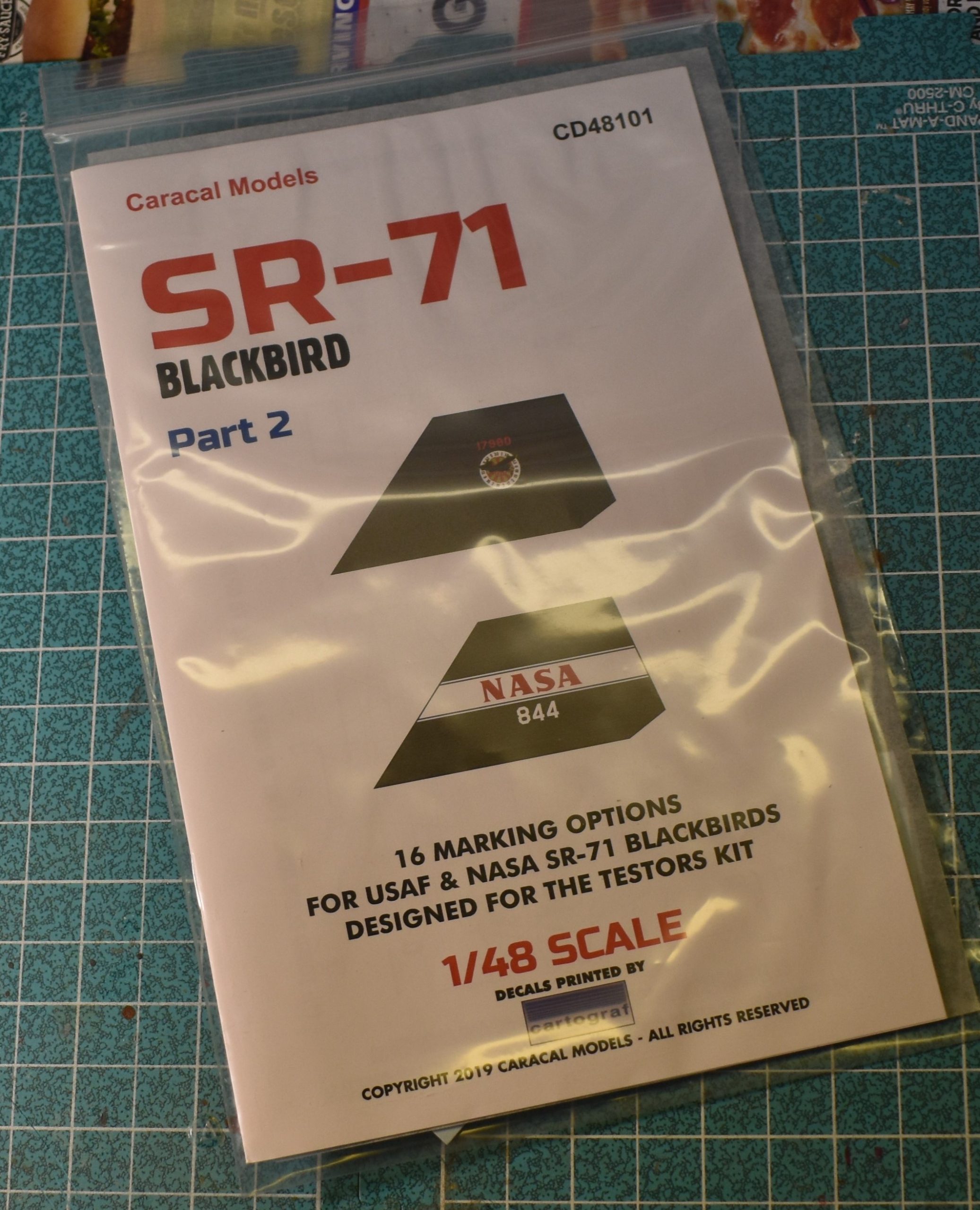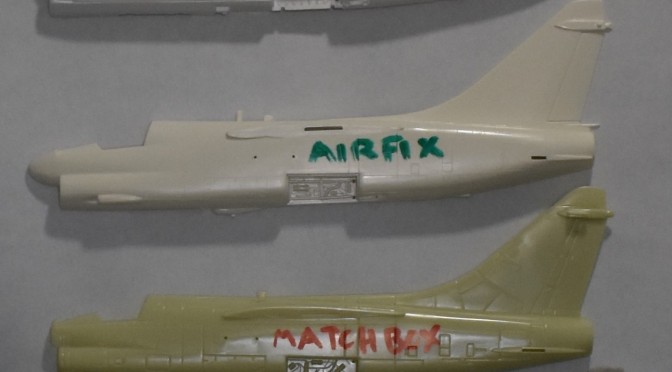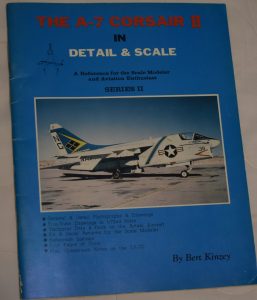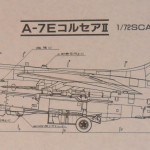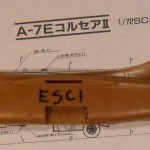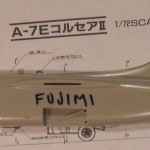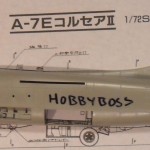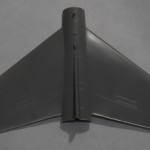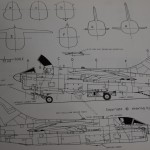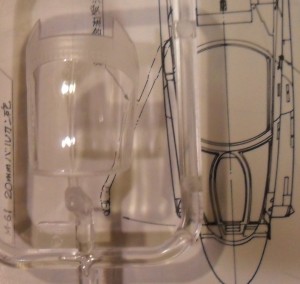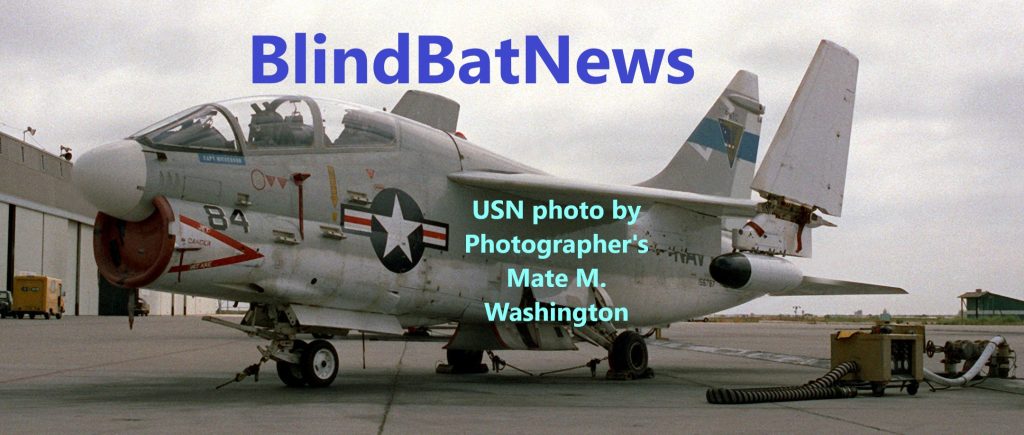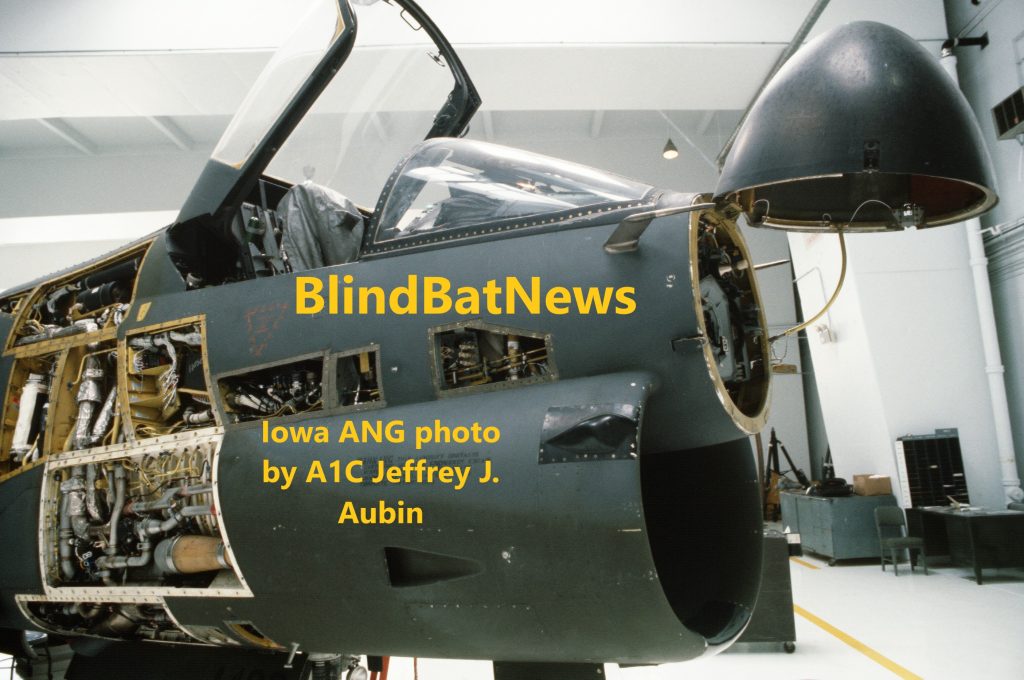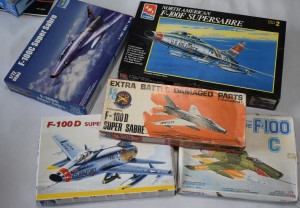
NASA photo of SR-71B #831, July 1991.
The ‘B’ version of the Blackbird has ventral fins on the nacelles, like the YF-12A.
Silent take-off video from 1991:
In July 1991, NASA began using the last of two SR-71B trainers (the other SR-71B was lost in a crash in 1968), #61-7956, also known as NASA 831.
Silent refueling video from 1991:
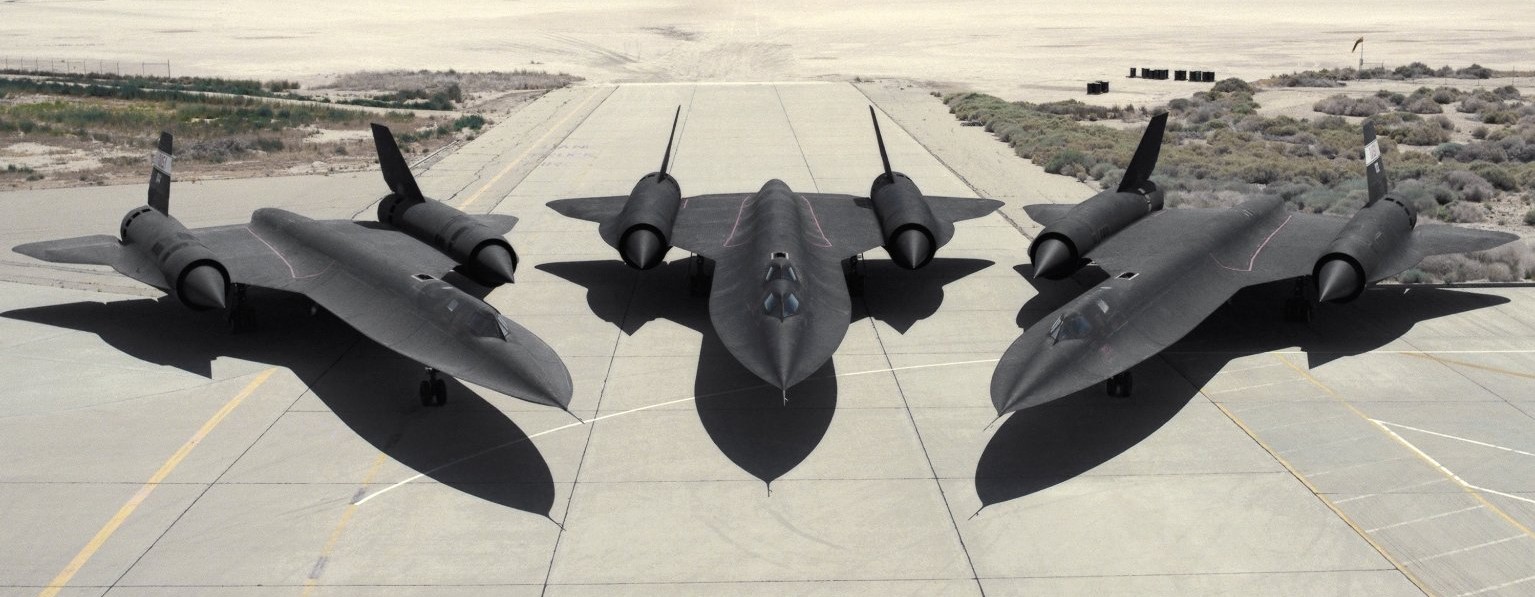
NASA photo from 1992, showing-off the three SR-71s they got ‘on loan’ from the U.S. Air Force. NASA 831 is in the middle.
Silent take-off video from 1992:
831 was used for crew training and various research programs on Dryden Flight Research Center (now called Armstrong Flight Research Center, on Edwards Air Force Base), California, until October 1997.

NASA photo from August 1997, in the foreground is SR-71A carrying the Linear Aerospike experiment, behind it is retiring SR-71B 831.
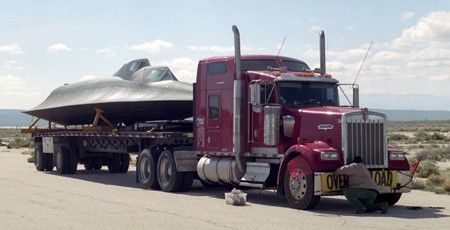
At the end of 2002, pieces and parts of NASA 831 were loaded onto tractor-trailers at Edwards AFB (Dryden Research Center), California, for the trip to Michigan. Photo via NASA.
In March 2003, NASA 831 went on display at the Kalamazoo Aviation History Museum in Kalamazoo, Michigan. Some very detailed walk-around photos of its arrival, in pieces, can be seen at SR-71.org, as well as a history of the reconstruction at the museum.
In 2015 (and updated in 2017), for some reason NASA claims 831 went on display at the Pima Air and Space Museum in Tucson, Arizona. However, a check of the Pima Air and Space website reveals it is an SR-71A, not the B version.
To confuse things even more, some aviation blogs claim the Evergreen Aviation & Space Museum in McMinnville, Oregon, has NASA 831! The museum’s own SR-71 FAQ section states they’ve had the SR-71 since 2002! They post three photos; two are NASA photos, with one being of 831, and the other being an SR-71A being configured for the Linear Aerospike experiment. The third photo is of the museum’s SR-71 and it is clearly an SR-71A, not the B or even 831.
At this point, the Kalamazoo Aviation History Museum is the only location that has photographic proof that they have NASA 831. Not only does their website have lots of detailed photos of NASA 831, but they got lots of photos of other Blackbirds.
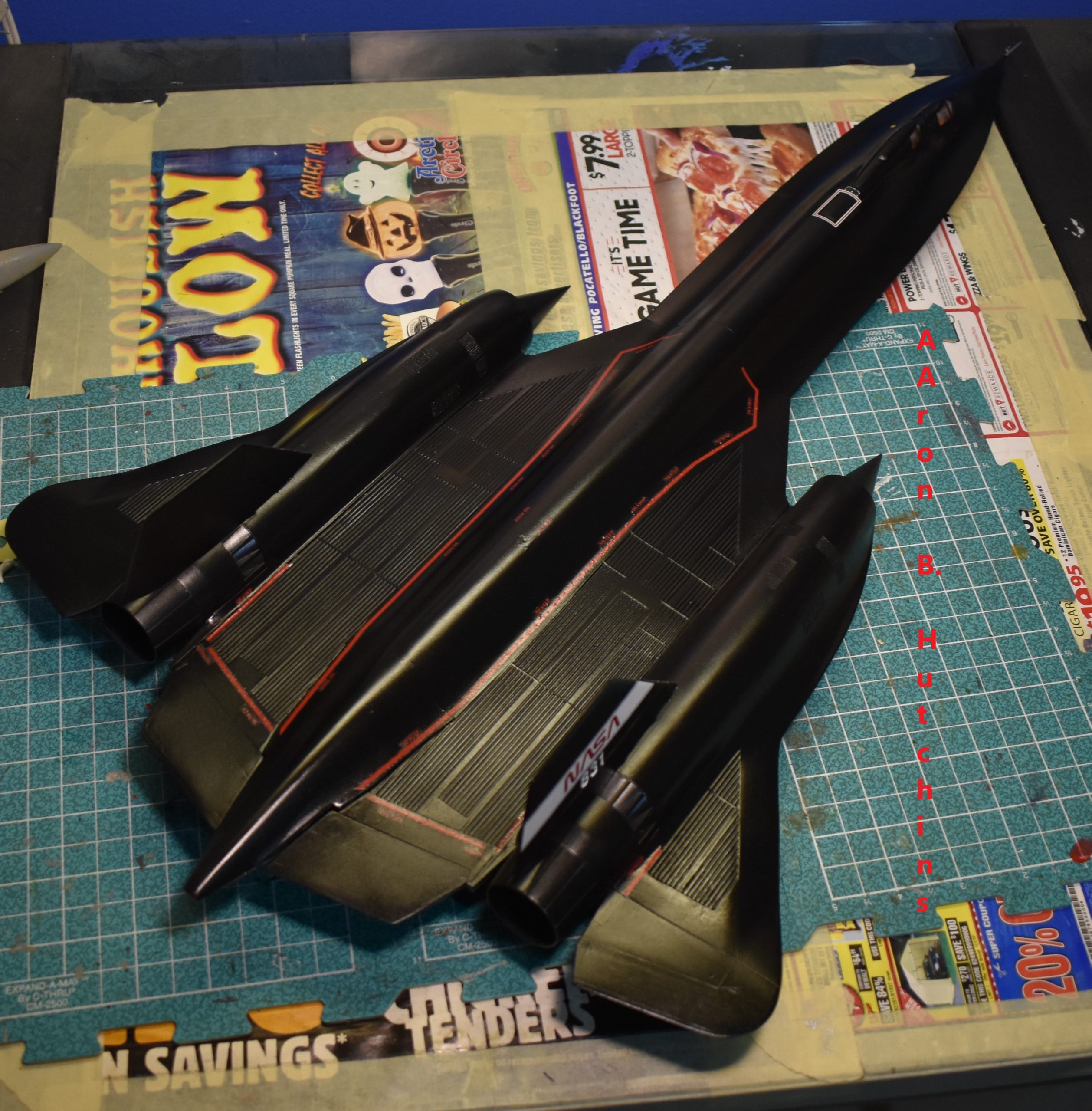
Testors SR-71 built as the ‘B’ version, NASA 831. I had to scratch build an aerial refueling door as Testors did not provide it.
After 25 years in my stash-pile, and realizing that the outrageous prices being fetched for an old Testors SR-71 might be due to Testors ceasing to exist, and the fact that the new Revell-Germany SR-71 does not include parts for the ‘B’ version, I decided it was time to build it.
The first problem I came across with the kit itself, was that Testors molded the refueling door in the open position and did not provide a door for the closed position, I wanted it closed so I had to use plastic sheet to cover the open fuel receptacle. Perhaps Testors got confused, photos of parked SR-71s do show the refueling door open, but that is because the hydraulics have relaxed, in-flight the door is closed, except when refueling.
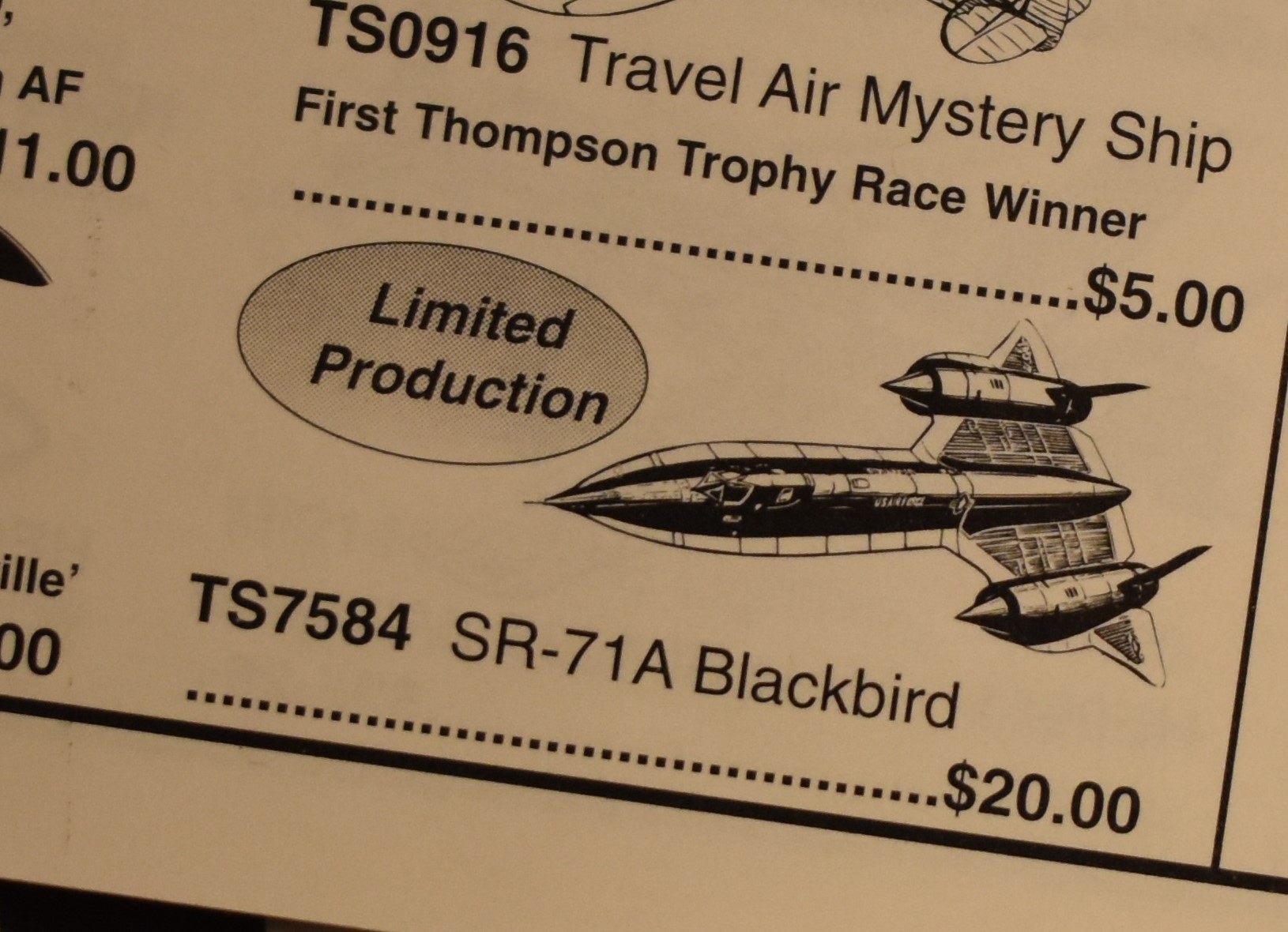
I still have a mail-order catalog showing the MSRP of $20 back in 1996-97. I realized that the kit was not promoted as being able to build the B version.
I bought the Testors kit back in 1997, when it was a whopping $20 brand new, and I got it on discount for less than $19!
Unfortunately, the box and decals didn’t survive the test of time; the outer end opening box literally began disintegrating, and the decals were cracked beyond use (I tried, even with a coat of clear they shattered in the water), I ended up getting some Caracal-Cartograf decals.
I learned that if you follow the instructions and attach the rudders to the nacelles first, you will have problems attaching the afterburners. Attach the afterburners before attaching the rudders. I glued the intake spike (shock cone) behind the mounting point as I was building it to represent being in-flight. The shock-cone retracts into the nacelle allowing the Blackbird to fly faster.
Another problem is that the mounting holes in the center section are too small to allow the nacelles to fit. Even after hollowing them out, and thinning the posts on the nacelles, I still ended up with stress cracks on the center section.
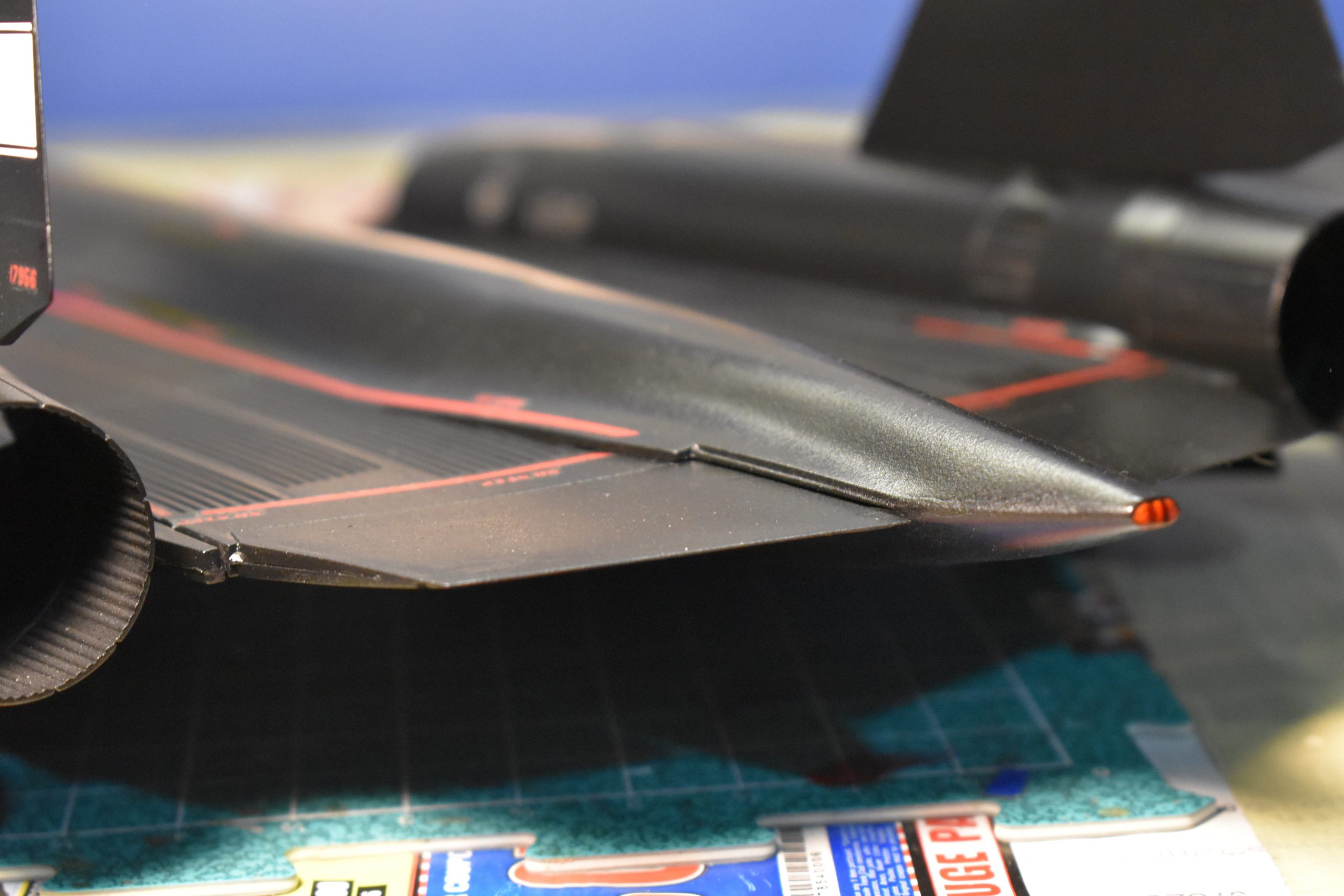
Lack of mounting stubs caused the rear part of the wing to droop. Testors does not replicate the fuel dump, I tried by filing the pointy end flat and using paint.
For some reason Testors did not model the prominent fuel dump at the back of the Blackbird. I decided to flatten the pointy end and then use red paint to represent the fuel dump. Most photos of the rear-end of SR-71s show the inside of the fuel dump was painted red.
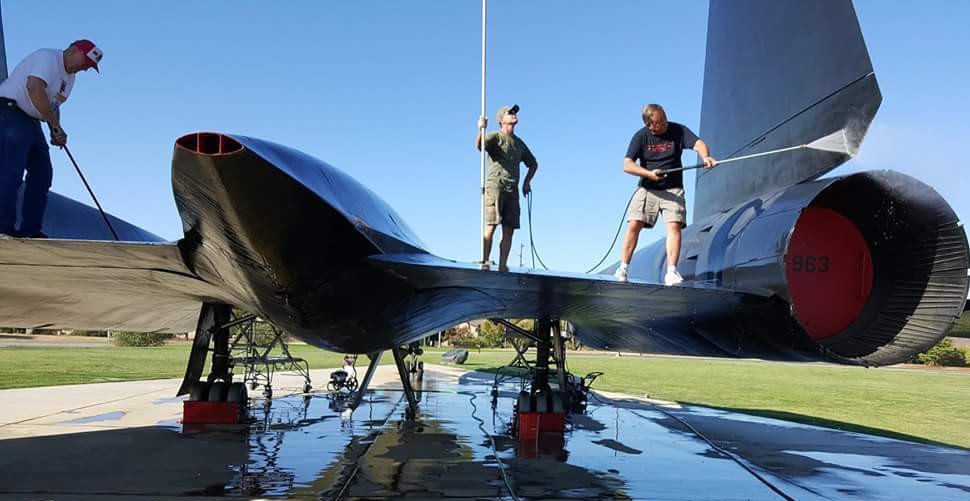
An SR-71 gate-guard on Beale AFB, California, showing the red painted fuel dump. USAF photo, 26JAN2016.
The kit does not come with pilots, using putty I modified some old Monogram pilots to look like astronauts, but then discovered the seats wouldn’t allow them to fit. I had to chop off the pilot’s feet, butts and part of their backs to get them to fit.
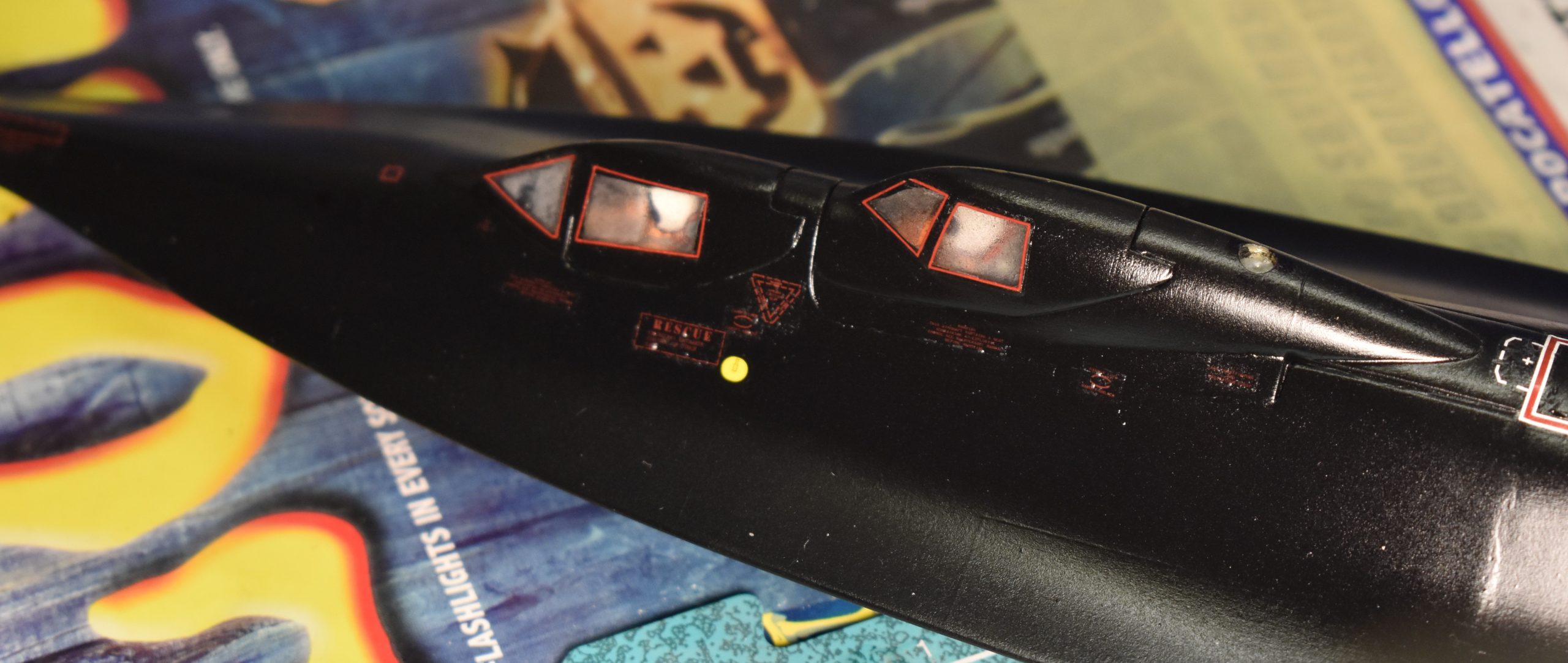
I modified some spare Monogram pilots. Turns out the red borders around the canopy glazing are incorrect, and the clear I used to get them to stay down fogged the canopies.
Forget those red canopy border decals, they are flat wrong. While reviewing photos (unfortunately after I applied the decals) I noticed there are no red borders. At certain angles it might look like there are, but the red that is sometimes seen around the glazing is actually the seals inside the canopy framing.
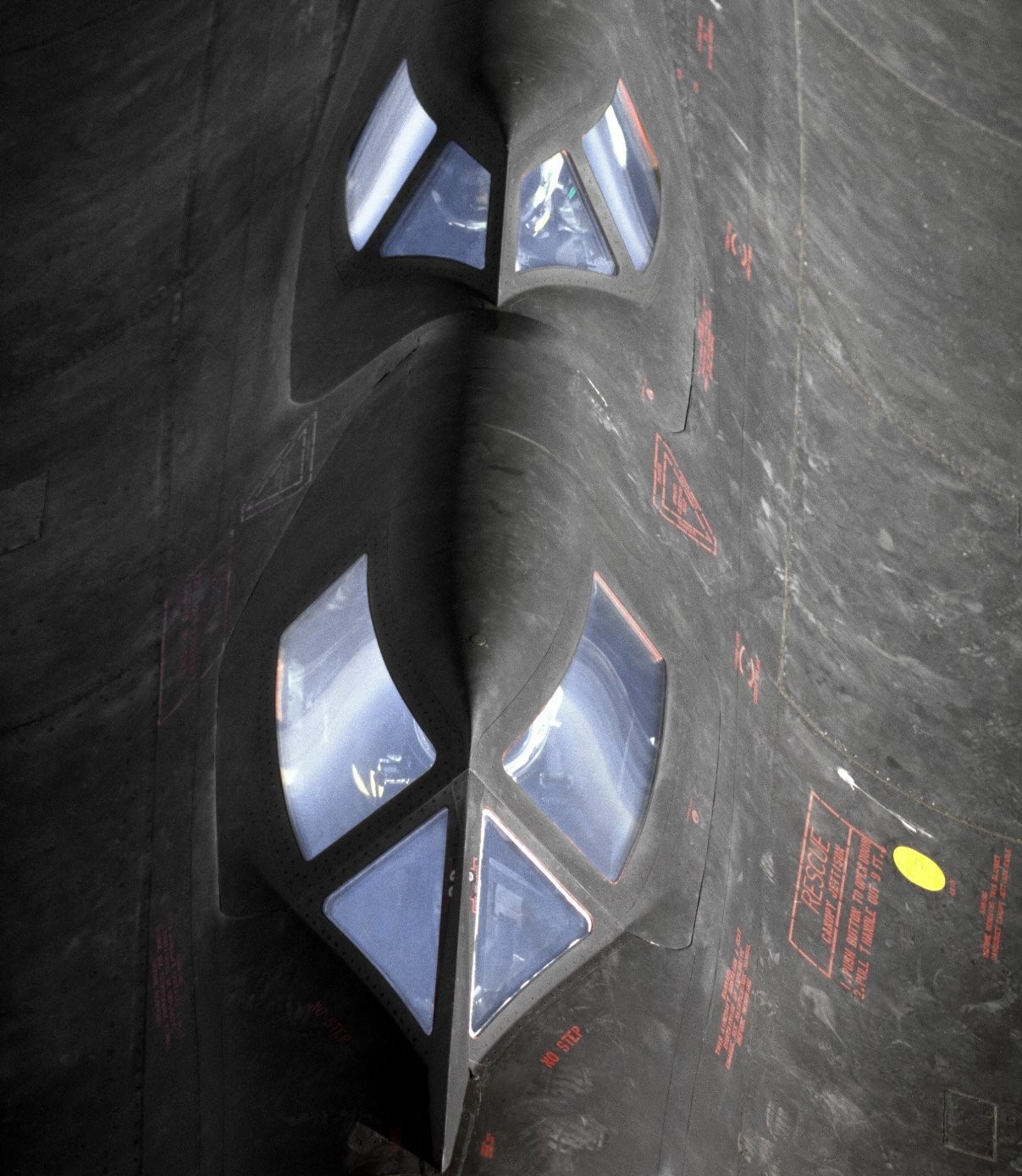
In this close-up of NASA SR-71B 831, you can see there are no red borders around the canopies. What is red are the seals inside the canopy framing. NASA photo, December 1994.
It was in the Caracal-Cartograf Blackbird Part-2 decal set that I discovered the markings for NASA 831.
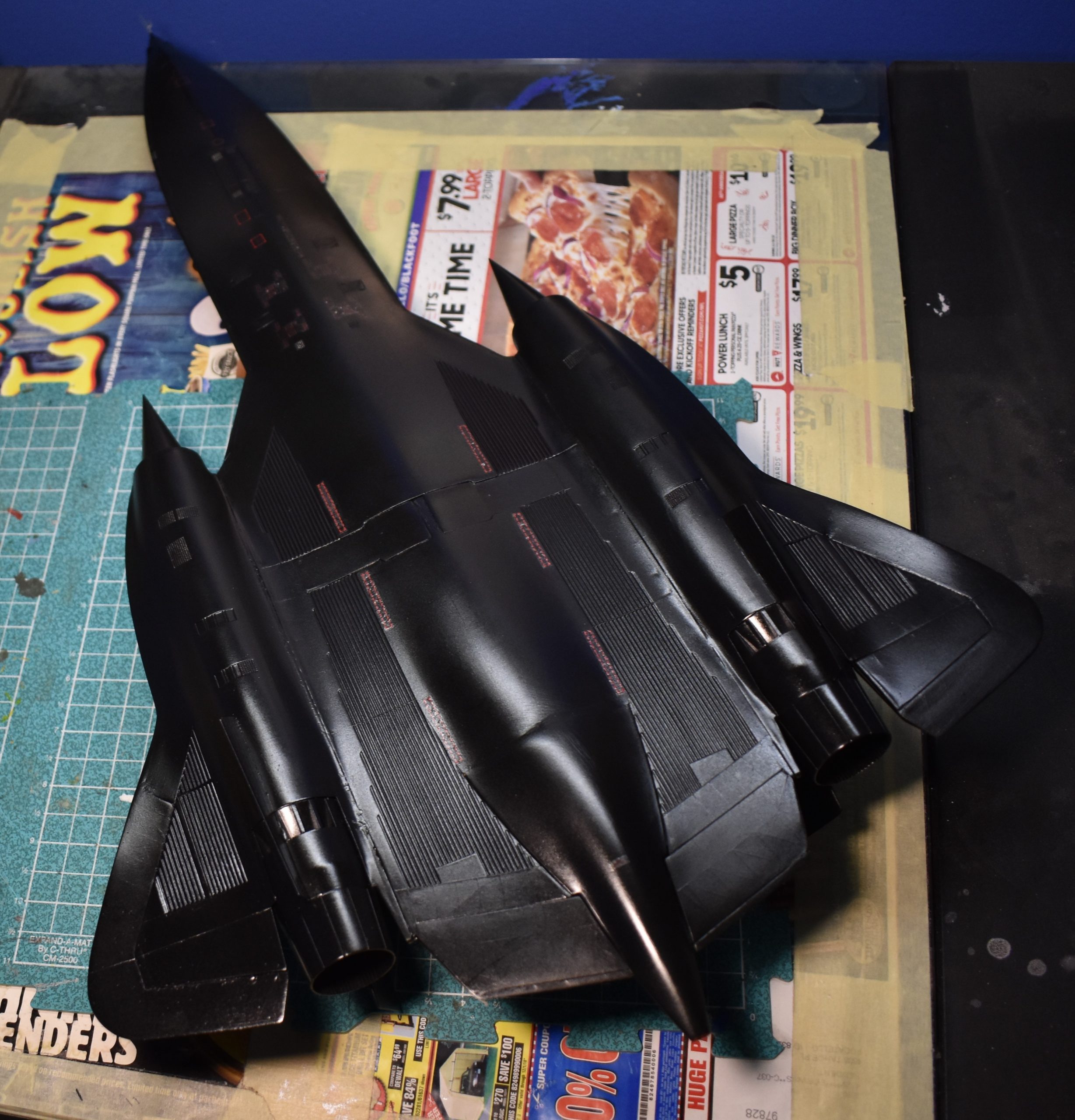
You might not can see, but even a coat of clear paint failed to force the aftermarket decals to lay flat on the underside of the Blackbird.
Even expensive (almost as much as what I paid for the Testors kit back in 1997) aftermarket decals can be wrong (like the red canopy borders), and not cooperate. For some reason not known to me, the decals would not settle down on the underside of the kit. Decal solution failed to keep the decals from wrinkling. I applied clear paint and the result was no more wrinkles, instead I got blisters which hardened when the paint dried.
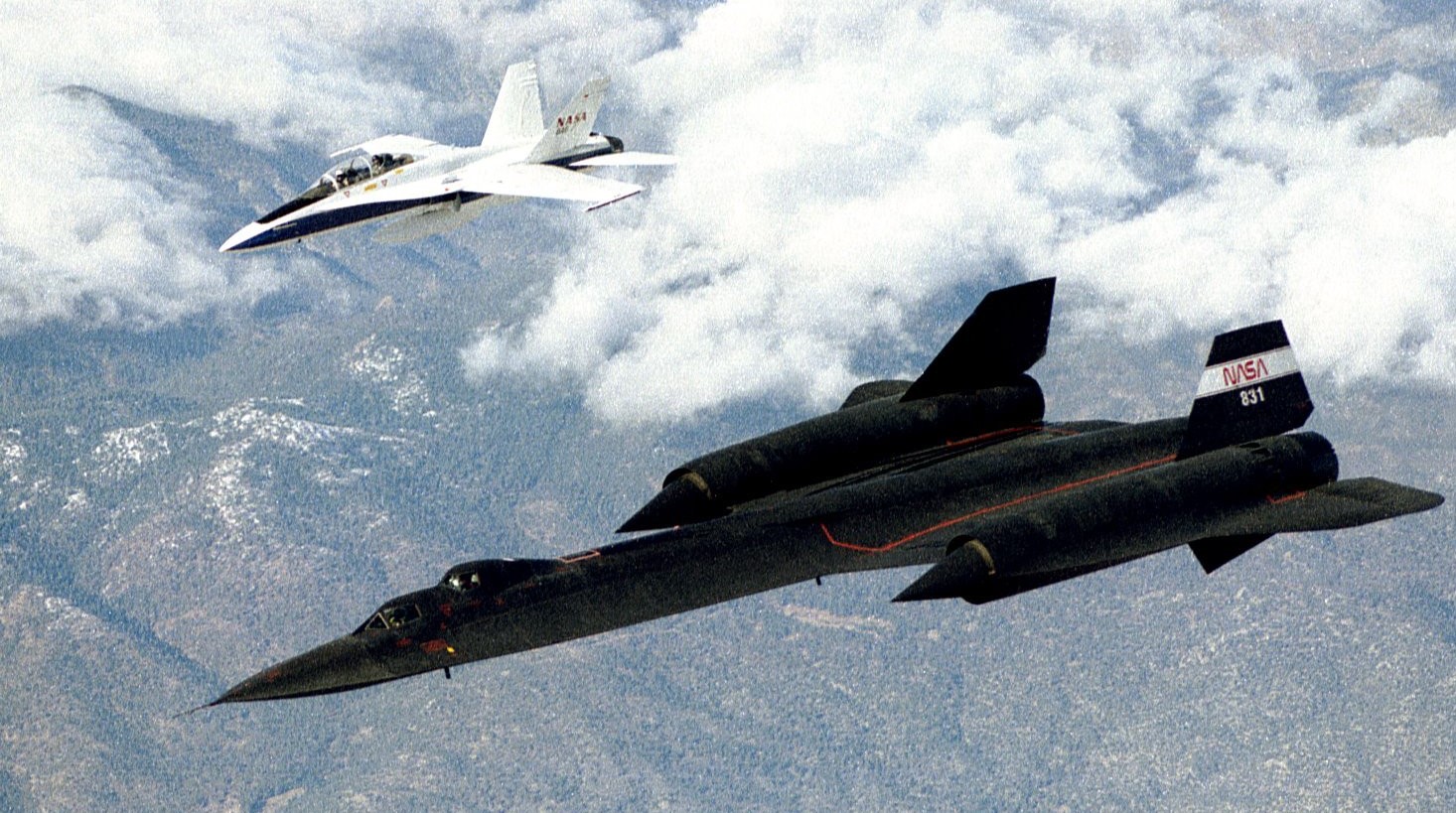
831 cruises over the Mojave Desert with a NASA F/A-18 Hornet flying safety chase. NASA photo sometime in 1996.
F-15 Eagle 50th Anniversary: 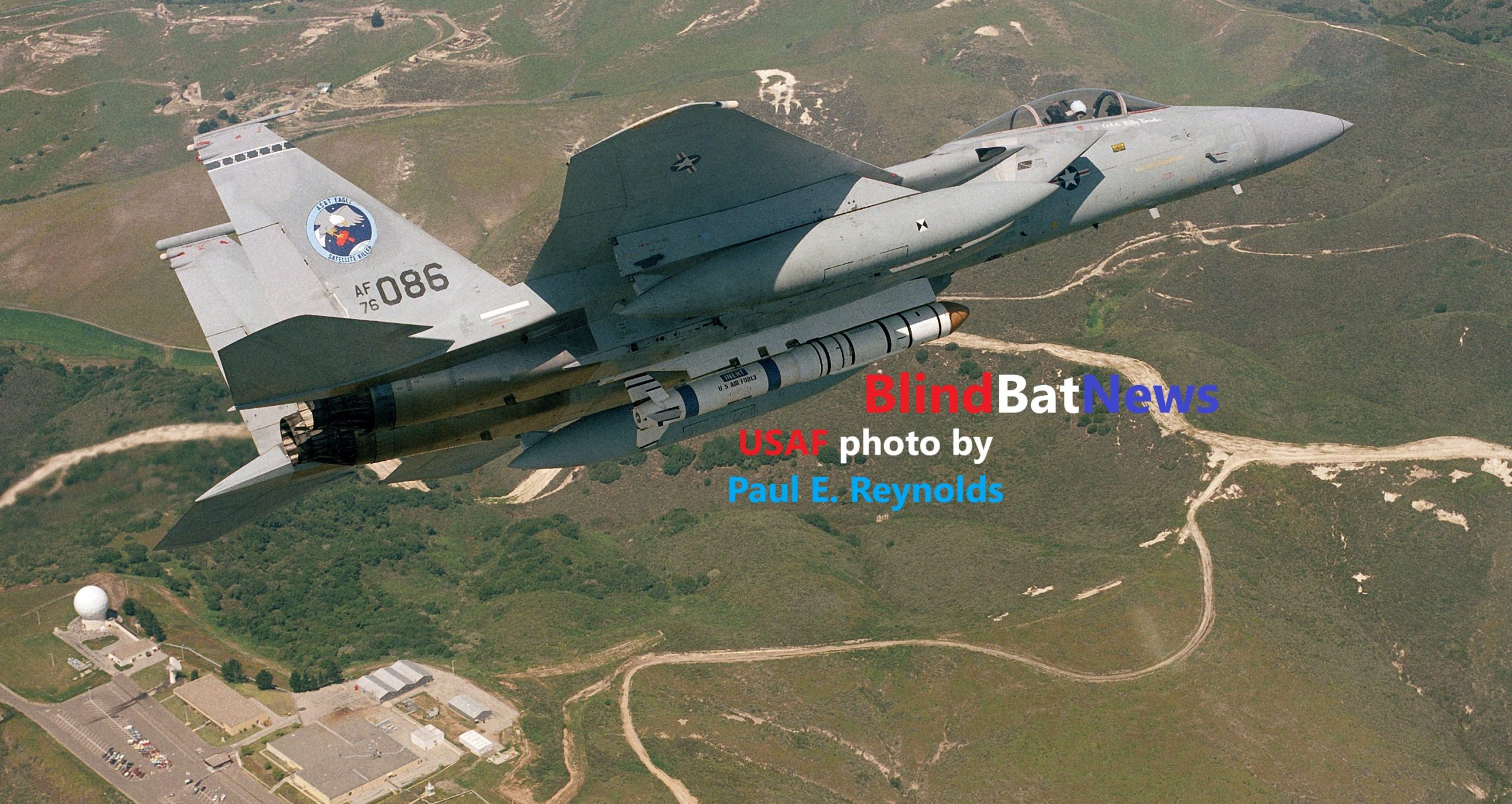 THE A-SAT, WITH SOME VISUAL TIPS FOR THE KIT BUILDER
THE A-SAT, WITH SOME VISUAL TIPS FOR THE KIT BUILDER
Cold War Boats: 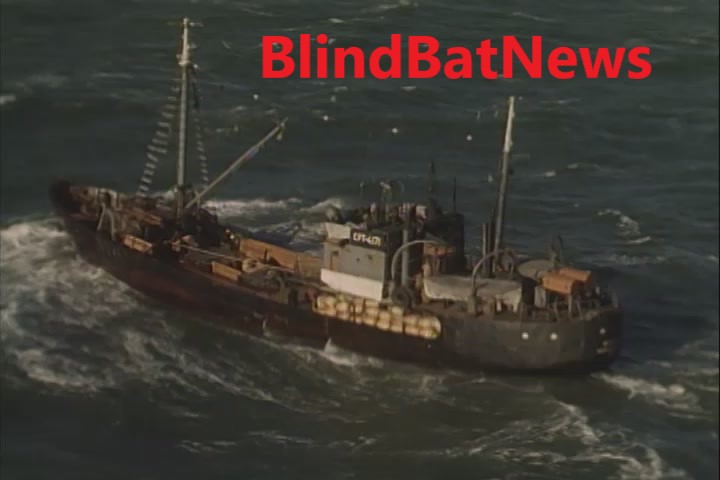 REVELL’S SPY TRAWLER IS FOR REALS! OR, WHO TOLD THE SOVIETS ABOUT EXERCISE TEAMWORK?
REVELL’S SPY TRAWLER IS FOR REALS! OR, WHO TOLD THE SOVIETS ABOUT EXERCISE TEAMWORK?
